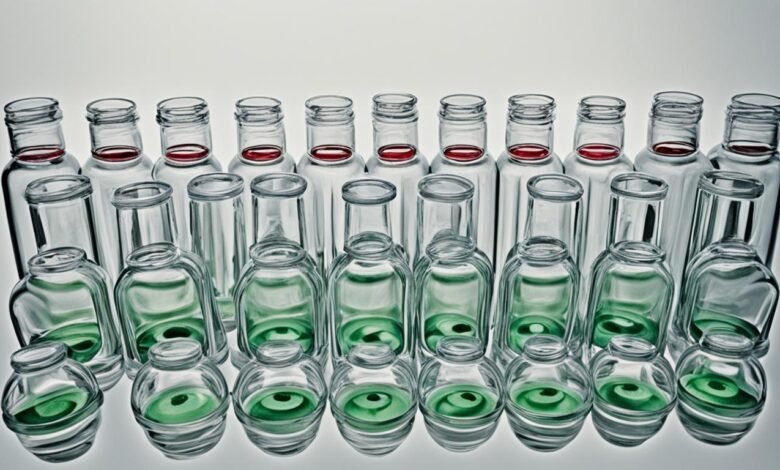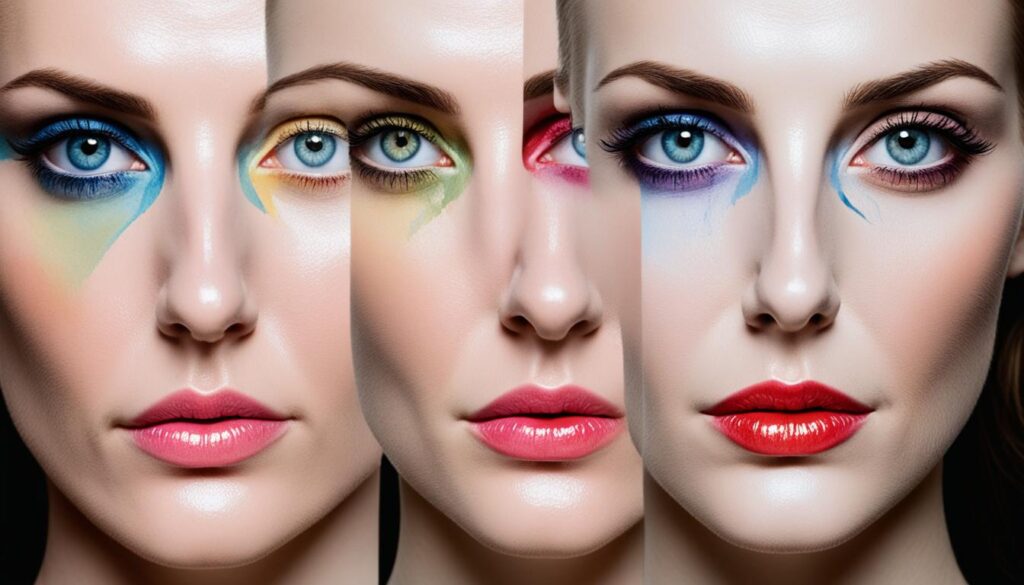Recognizing Substance Use Disorder Signs & Symptoms

Did you know over 20 million Americans 12 or older battled substance use disorder recently? This startling number highlights the need to spot and tackle signs of drug addiction quickly. Symptoms of substance addiction show up as physical and psychological signs. This signals a troubling dependence on drugs or alcohol. Also, detecting the behavioral signs of substance abuse can be hard. Many people hide their struggles well.
Substance use disorder, or drug addiction, goes beyond being a ‘social drinker’ or ‘recreational user’. It’s a complex issue that can turn occasional use into a powerful addiction. Even something as simple as an opioid for pain, a bit of marijuana to relax, or a shot at a party can start a path towards addiction. Drug addiction affects everyone differently. Some drugs are known for causing addiction quickly.
Understanding substance use disorder involves recognizing many signs. Look out for a strong desire to use, wasting lots of time getting or using the drug, or recovering. Also, continued use despite it harming relationships is a red flag. These signs are like hidden dangers in our daily lives. Spotting them early is key to helping someone start their recovery journey.
Understanding Substance Use Disorder and Its Impact

Substance use disorder (SUD) is more than just using substances too much; it’s a deep need that affects both body and mind. It’s important to see SUD as a big problem that includes signs of substance misuse, the physical symptoms of substance use disorder, psychological signs, and their links to mental health. Together, these issues make healing and returning to society tough but crucial.
The physical effects of SUD are warnings. They show the internal struggle of trying to quit but feeling unable to. It’s not just about harming one part of the body. These problems weaken different parts and can lead to lasting harm.
On the mental side, it gets harder. SUD and mental health problems often worsen each other. This link means treating someone effectively needs a deep understanding. It’s not just fixing the obvious issues but also tackling hidden problems like depression or anxiety.
| Category | Physical Symptoms | Psychological Signs | Mental Health Correlations |
|---|---|---|---|
| Observables | Changes in appetite or sleep, deterioration in physical appearance | Mood swings, irritability, reduced cognitive function | Increased risk of developing disorders like depression or anxiety |
| Response to Treatment | May improve rapidly with cessation but can have long-term effects | Treatment may uncover underlying disorders previously masked by substance use | Requires integrated approach to treat both SUD and mental health disorders |
| Societal Impact | Visible health crises, increased healthcare costs | Impact on relationships, productivity, and quality of life | Contribution to social issues such as homelessness and unemployment |
Understanding all aspects of SUD is key to addressing its wide-reaching effects. It doesn’t just affect the individual but has a ripple effect on family, community, and society. It’s vital to focus on mental health correlations for better solutions. Hence, tackling signs of substance misuse, its physical symptoms, and psychological signs is a mission for everyone, not just healthcare workers.
What Are the Signs and Symptoms of Substance Use Disorder?
Understanding the signs of substance misuse is crucial. We need to recognize the signs that point to addiction. This understanding helps us intervene on time.
Behavioral Indications of Substance Abuse
Changes in behavior are clear signals of possible alcoholism or drug abuse. Things like poor performance at school or work, risky actions, and changes in friends are signs. Here are some specific behaviors to be aware of:
| Behavioral Sign | Possible Substances Involved |
|---|---|
| Decreased work or academic performance | Alcohol, Stimulants, Cannabis |
| Sudden mood swings or aggressive behavior | Alcohol, Opiates, Hallucinogens |
| Social withdrawal or change in peer group | Inhalants, Prescription drugs |
| Unexplained financial problems | Heroin, Cocaine, Methamphetamines |
Physical Symptoms of Substance Addiction
Physical signs also indicate drug addiction. Different drugs cause different physical symptoms. These include bloodshot eyes, weight changes, and strange behavior like shaking or clumsiness.
Psychological Signs and Mental Health Correlations
Substance abuse also has psychological signs. These can mix with other mental health problems. Signs like paranoia, hallucinations, and mood swings can make diagnosing and treatment more complicated.
Patterns of Use That Hint at Substance Use Disorders
Spotting patterns in drug use is important. Watching for things like growing tolerance, withdrawal, and losing control over use is key. These patterns can tell us when someone has moved from using drugs for fun to addiction.

Conclusion
Tackling substance use disorder is about understanding its many forms. It’s key to watch out for signs of drug addiction and alcoholism. These signs are crucial warnings that someone needs help fast.
The signs of addiction affect a person’s behavior, health, and mind. Recognizing these signs early can change someone’s path to recovery. This early help is the first step in effective treatment.
In dealing with substance use disorder, mental health issues also play a big role. They often mix with drug and alcohol problems. This shows the need for care that addresses both issues together.
Professionals and supporters must understand this connection. This way, each person gets a care plan that fits their specific needs. These plans help people recover fully and avoid falling back into old patterns.
Creating a supportive environment is also crucial for recovery. Making help and professional advice easy to get is the starting point for rebuilding lives. As we get better at dealing with these issues, our aim stays the same. We want to help people get back to good health and live fulfilling lives.






